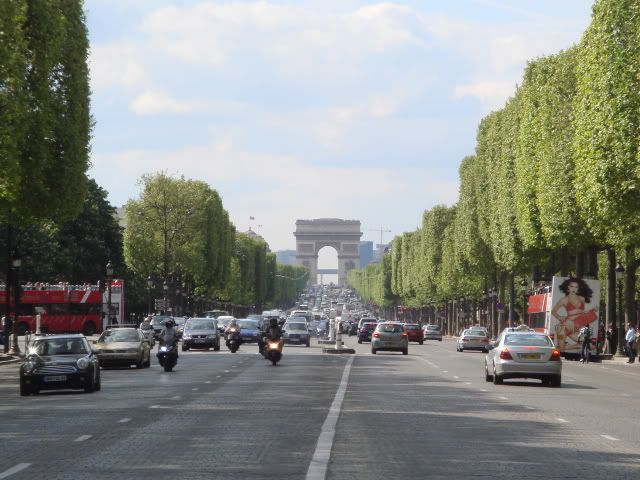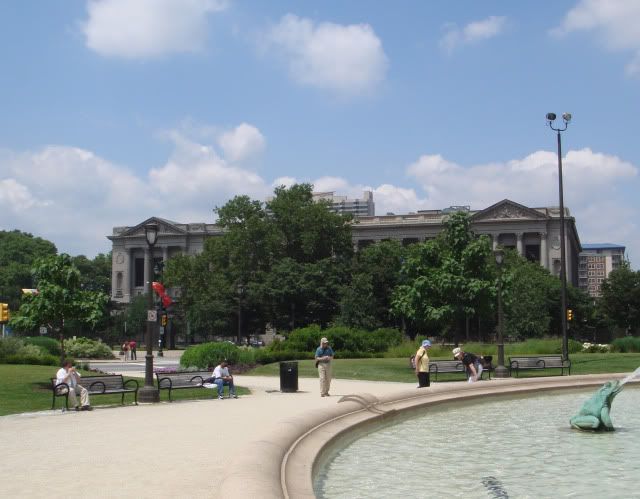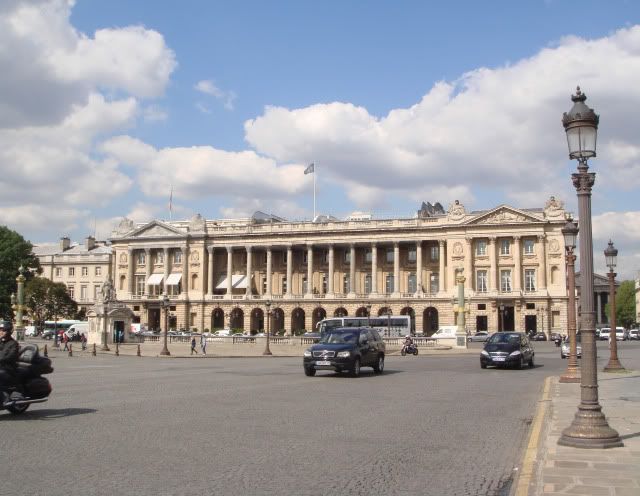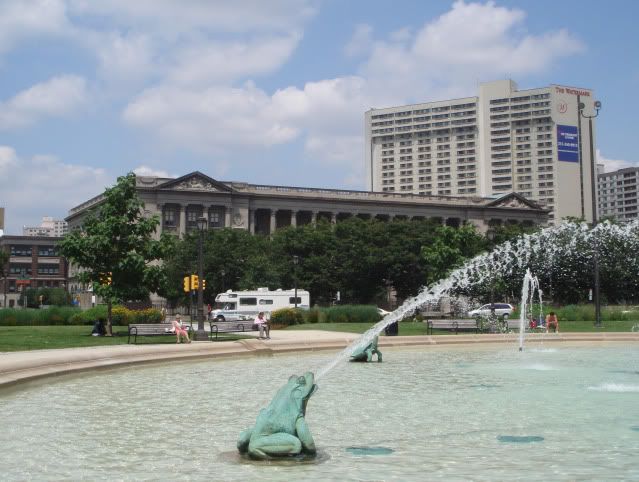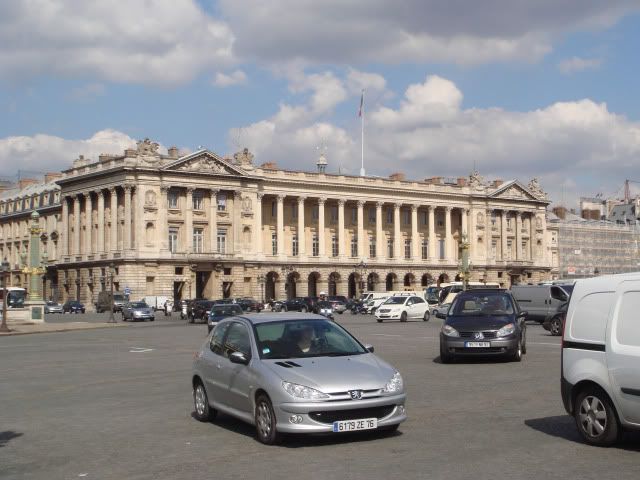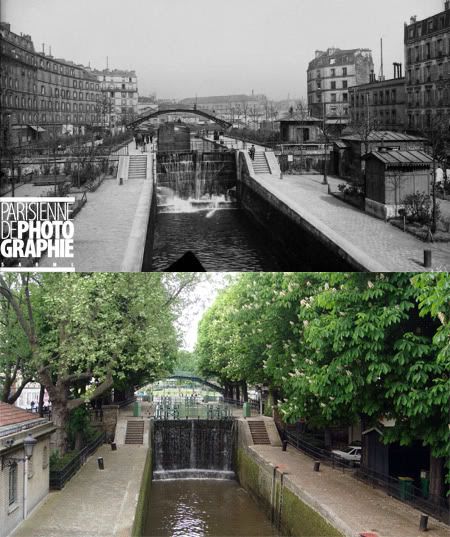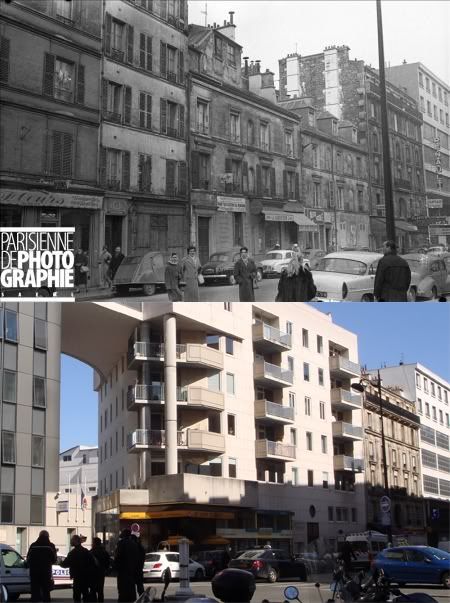Among Philadelphia's major real estate development firms, Tower Investments is a most interesting case. The firm had a rather unexceptional beginning in 80s and 90s as a builder of generic, auto-oriented, big box shopping centers, which unfortunately often found themselves near the city's Delaware and Schuylkill riverfronts. Then sometime in the last decade, Tower gradually abandoned its sprawl-type development model in favor of dense, walkable urbanism. Its latest project, the Piazza at Schmidt's, is an ambitious mix of warehouse to condo conversions and stylish new construction, joined together by a spacious plaza flanked by independent restaurants, shops, and galleries. It received a slew of positive press when it opened in May, and I have no doubt that it is Philadelphia's most significant single development project in decades.
So I was more than a bit excited to see these renderings of Tower's upcoming projects posted in the windows of its Northern Liberties office:
The Shops and Residences at Schmidt's:

 The Shops and Residences at Schmidt's will replace a currently enormous vacant lot just north of the Piazza at Schmidt's, on the northern end of Northern Liberties. The project includes a large supermarket, more shops, a bit of park space, and two residential high-rises. The shape of this project is the result of years of discussions and negotiations between the developer and neighborhood groups, and has evolved substantially from an original proposal that included a substantial amount of surface parking. The end result however, is a large parking garage hidden from the street by a continous street wall of retail spaces and town houses. Multinational architecture firm Beyer Blinder Belle is behind the design.
The Shops and Residences at Schmidt's will replace a currently enormous vacant lot just north of the Piazza at Schmidt's, on the northern end of Northern Liberties. The project includes a large supermarket, more shops, a bit of park space, and two residential high-rises. The shape of this project is the result of years of discussions and negotiations between the developer and neighborhood groups, and has evolved substantially from an original proposal that included a substantial amount of surface parking. The end result however, is a large parking garage hidden from the street by a continous street wall of retail spaces and town houses. Multinational architecture firm Beyer Blinder Belle is behind the design. State Office Building
 Tower completed its purchase last year of the former State Office Building on North Broad Street, one of the city's Modernist icons, and intends to convert the building to residential use, while adding an adjoining tower by H2L2 Architects. The tower's original very Modernist concrete plaza will be replaced by a retail podium.
Tower completed its purchase last year of the former State Office Building on North Broad Street, one of the city's Modernist icons, and intends to convert the building to residential use, while adding an adjoining tower by H2L2 Architects. The tower's original very Modernist concrete plaza will be replaced by a retail podium.The Residences at Avenue North
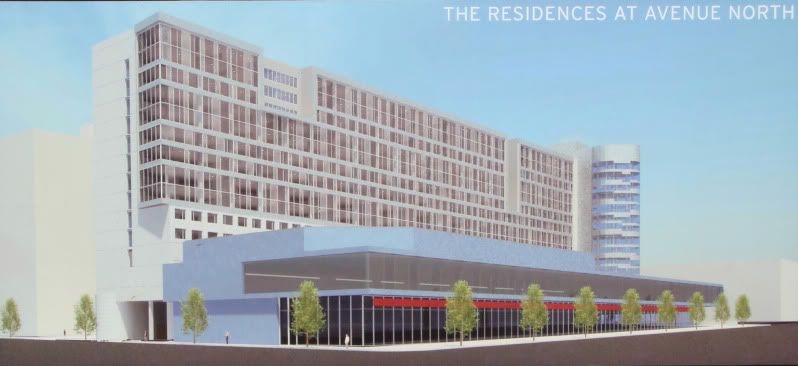 Unlike the above two projects, this one seems to be fairly new and has yet to receive any press that I know of. This seems to be another residential addition to Tower's Avenue North theater and retail complex up in Templetown, which already includes one similarly-sized tower behind the one in the rendering.
Unlike the above two projects, this one seems to be fairly new and has yet to receive any press that I know of. This seems to be another residential addition to Tower's Avenue North theater and retail complex up in Templetown, which already includes one similarly-sized tower behind the one in the rendering.This is an impressive and very ambitious bunch of projects being put together. Each one is dense and mixed-use, and will include important amenities for neighborhoods outside of Center City. Even better, each project, located within one block of a subway station, is a great example of the type of transit-oriented development that the city needs to encourage.
Tower Investments
Inga Saffron on the Piazza [Philadelphia Inquirer]









